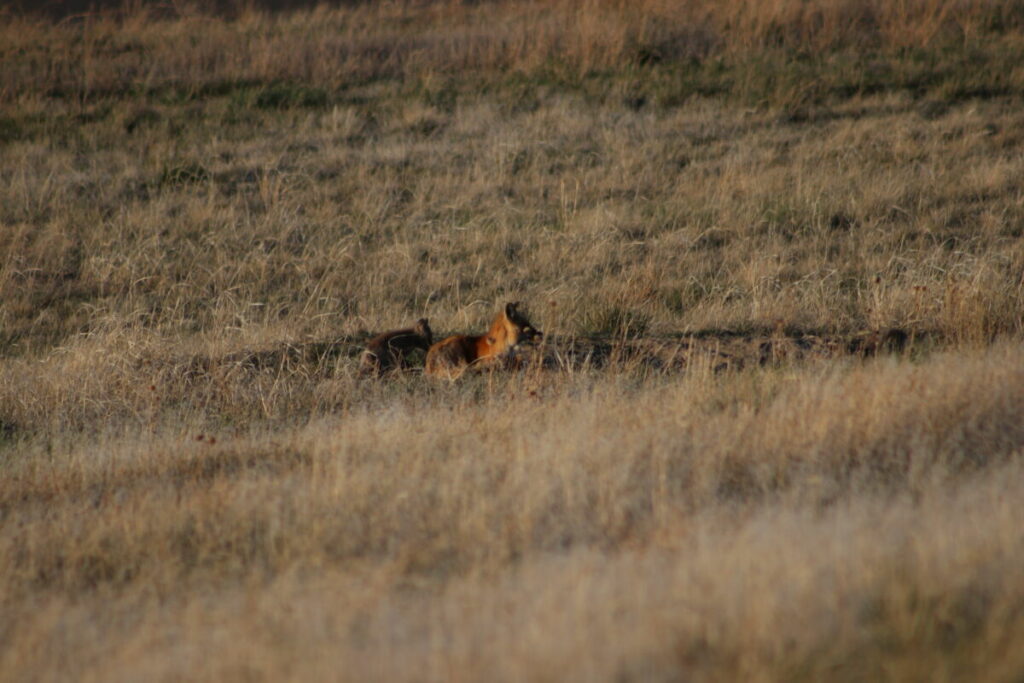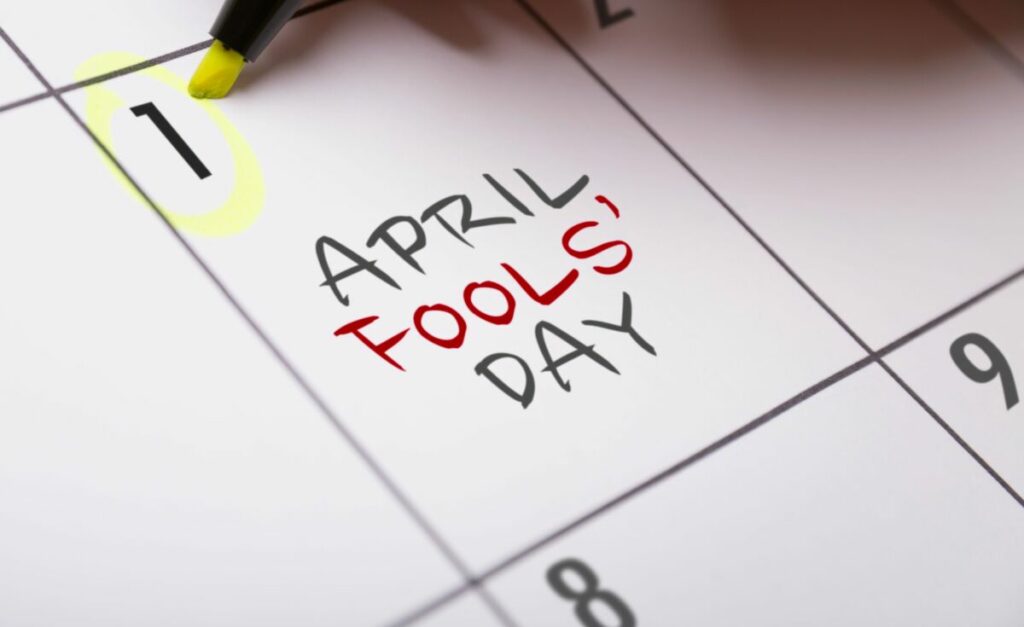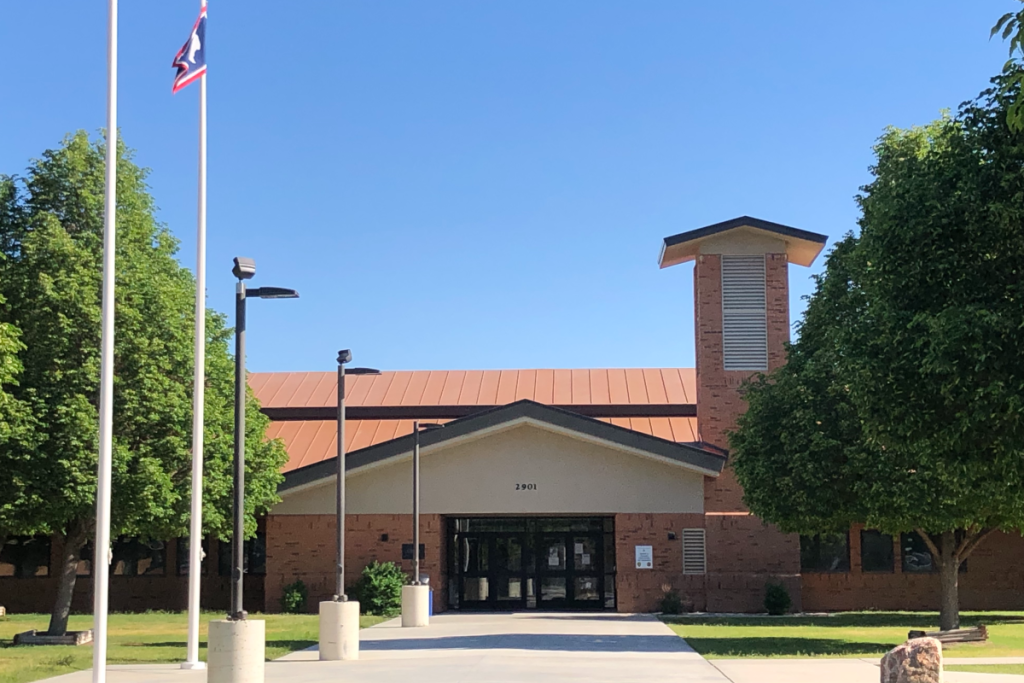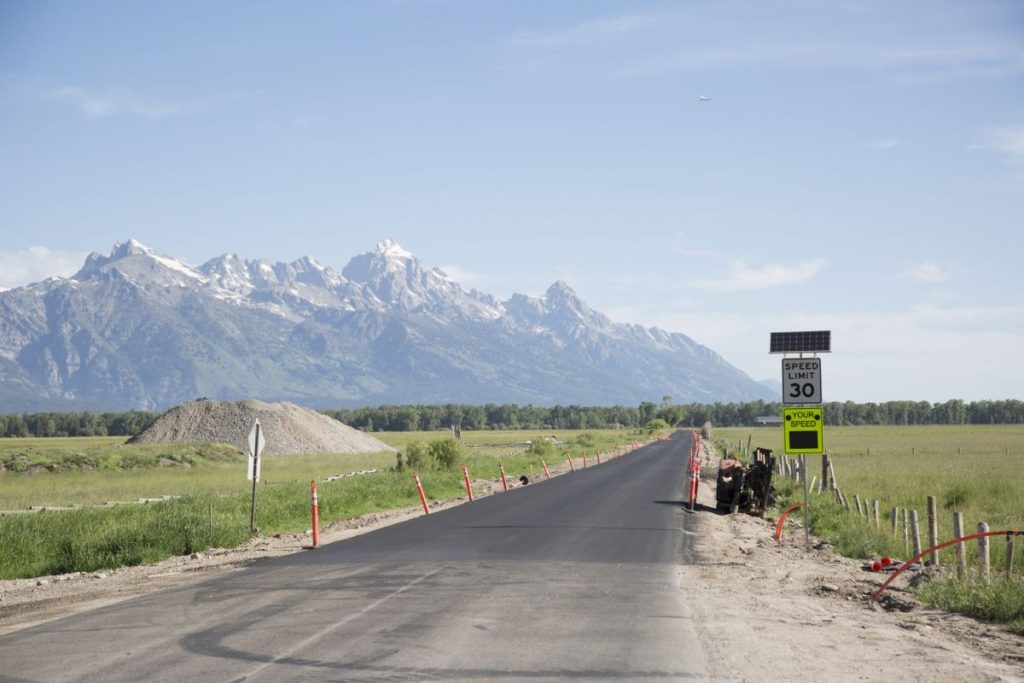$600 Million Contributed to Local Economy by Yellowstone National Park Tourism
Written by Jessi Entel on August 31, 2023
A new National Park Service report shows that 3.3 million visitors came to Yellowstone in 2022 and spent $452 million in communities near the park. That spending supported 6,234 jobs in the local area and had a cumulative benefit to the local economy of $600 million.
National Park Service Director Chuck Sams said, “Since 1916, the National Park Service has been entrusted with the care of our national parks. With the help of volunteers and partners, we safeguard these special places and share their stories with more than 300 million visitors every year. The impact of tourism to national parks is undeniable: bringing jobs and revenue to communities in every state in the country and making national parks an essential driver to the national economy.”
The analysis of visitor spending was conducted by economists at the National Park Service. The report showed that $23.9 billion of direct spending was done in the local communities in a 60 mile radius of Yellowstone National Park by the nearly 312 million visitors in 2022.
This spending supported 378,000 jobs nationally with 314,600 of those jobs being found in gateway communities like Cody, Wyoming.
The overall cumulative benefit to the national economy was $50.3 billion.
The lodging sector had the highest direct effects from visitor spending, with $9 billion in economic output nationally. The second greatest direct impact was made to restaurants, with $4.6 billion being spent nationally.
Report authors also produce an interactive tool that enables users to explore visitor spending, jobs, labor income, value added and output effects by sector for national, state and local economies. Users can also view year-by-year trend data. The interactive tool and report are available at the NPS Social Science Program webpage.
Learn more about national parks in Wyoming, Montana and Idaho and how the NPS works with communities in these states to help preserve local history, conserve the environment and provide outdoor recreation.




